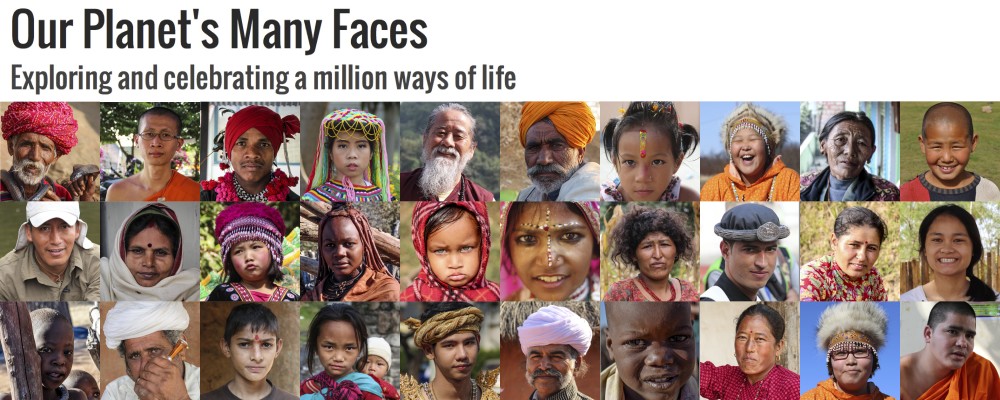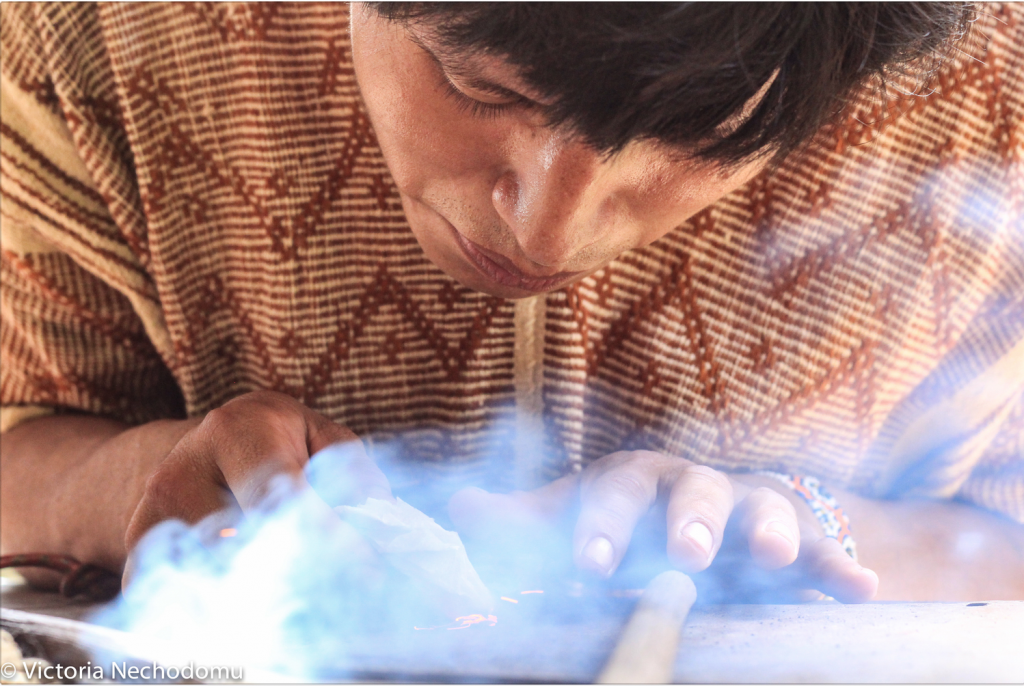
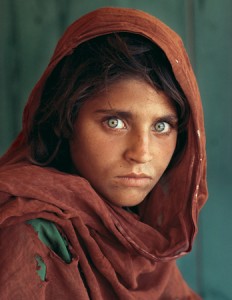
The June 1985 issue of National Geographic boasted a cover image that soon became one of National Geographic’s most famous photos: The Afghan Girl by Steve McCurry. According to McCurry, he did not know the girl’s name or how to contact her. Similarly, many other photographers and tourists take pictures of people around the world, often without knowing the subject’s identity or obtaining their consent.
Travel photography opens up a number of legal and ethical discussions, especially when it comes to photographs of people. Tourist, professional photographers, and journalists are all faced with these concerns, which primarily come down to how the photo was collected and how the photo is used.
Ethical Concerns: when to ask, when not to ask
Lori Robertson writes for BBC’s Ethical Travel column and advises travelers to always ask permission to take a photograph of someone. This may include raising the camera up and gesturing towards it. According to Roberts, “approaching photography like a covert operation is not the most ethical way to get a great shot.”
Katherine Karnow, author of National Geographic article, “Photographing People when you Travel,” also advises seeking permission from the subject of your photos when it seems appropriate. According to Karnow, sitting down for a drink, making friends with pets, and being culturally sensitive are other ways to establish rapport with photo subjects.
These approaches apply directly to posed shots in which the photographer clearly interacted with the subject, such as the Afghan Girl. However, many appreciated travel photos fall into a category called, “Street Photography.” In such photos, the photographer has observed at a distance and documented a candid moment of time.
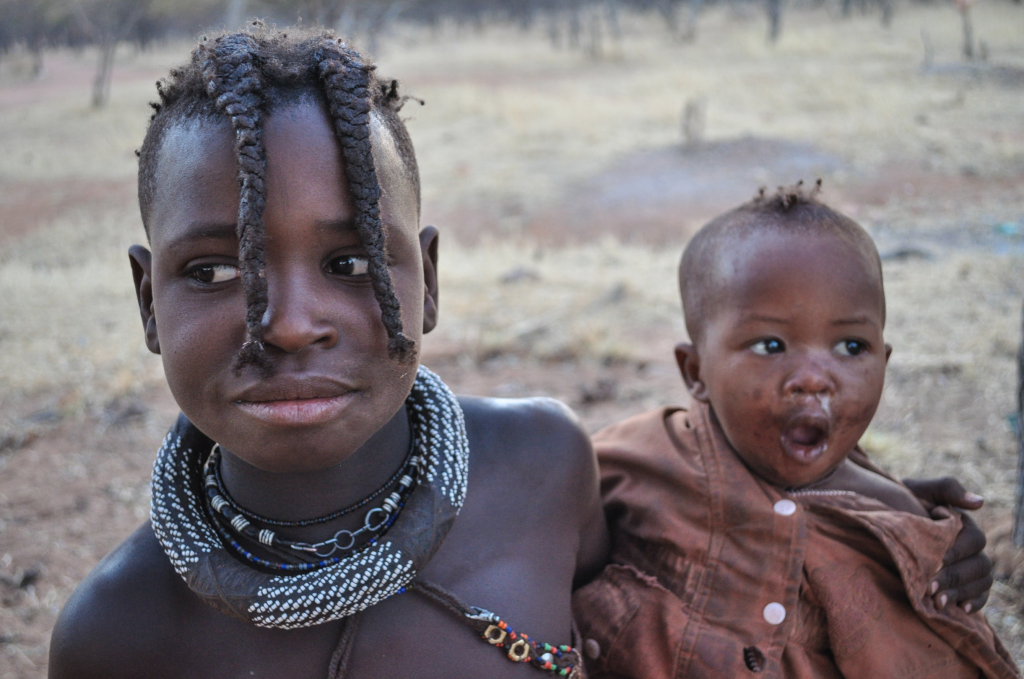
Travel photographer and instructor Karen Gordon Schulman takes a different perspective on the concern, referencing the work of well-known photographers such as Henri Cartier-Bresson, Gary Winogrand, Robert Frank, Julia Margarat Cameron, and Margaret Burke White. In her opinion, such profound images wouldn’t be possible had the photographer asked for permission first. She believes that, “there wouldn’t be any honest pictures if photographers were all going, ‘hey, can I photograph you?’”
Legal concerns: when to use a model release form
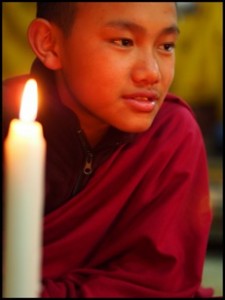
There are laws influencing both how and where you take photographs, as well as how the photograph is used. These laws may be different from country to country, and even state to state within the same country.
According to Bernard W. Gerdelman’s article Legal Issues in Photographing People, factors considered for the legality of photographing pictures include whether the photograph was taken in a public setting or event, and whether the photograph is being used for profit or to promote a business. Model release forms are used to give the photographer written consent to use the subject’s image.
Schulman has never run into any legal issues with her photography. However, she does acknowledge that the lack of model release forms for some photos limit her from selling them as stock photography. Similarly, most photography competitions require a model release if the subject is recognizable. Those photos could not be sold or used to promote a business, either. While a model consent form may not be required for all photographs, the use of the photo may be limited if one is not obtained.Travelers to other countries are advised to research local privacy and photography laws to better understand legal concerns of taking photographs of people.
However, Schulman also advises that travelers and photographers pay equal attention to ethics and common sense. “Follow your heart, follow your intuition…when you travel, and smile, and shake hands, and you ask them how they are, or you try to learn a little bit of their language… The kind of person you are will 95% of the time get you a response for who you are.”
“If in your heart, you got into this field not because someone said, ‘hey, you can make a million bucks being a photographer.’ You got into this field because somehow you’re driven by your passion for people. You have to believe that with that comes a certain amount of faith that what you’re doing is right.”
The materials on this website are provided for informational purposes only and do not constitute legal advice..
Learn more
Articles about travel photography
BBC Travel: Taking Photographs of People
The Ethics of People Pictures in Travel Photography
Ethics and photography in developing countries
Photographing people when you travel
Articles about street photography
Is street photography an invasion of…
5 questions about street photography
Interview: Steve McCurry on Street Photography and Change
Legal Aspects
Legal Issues in Photographing People
